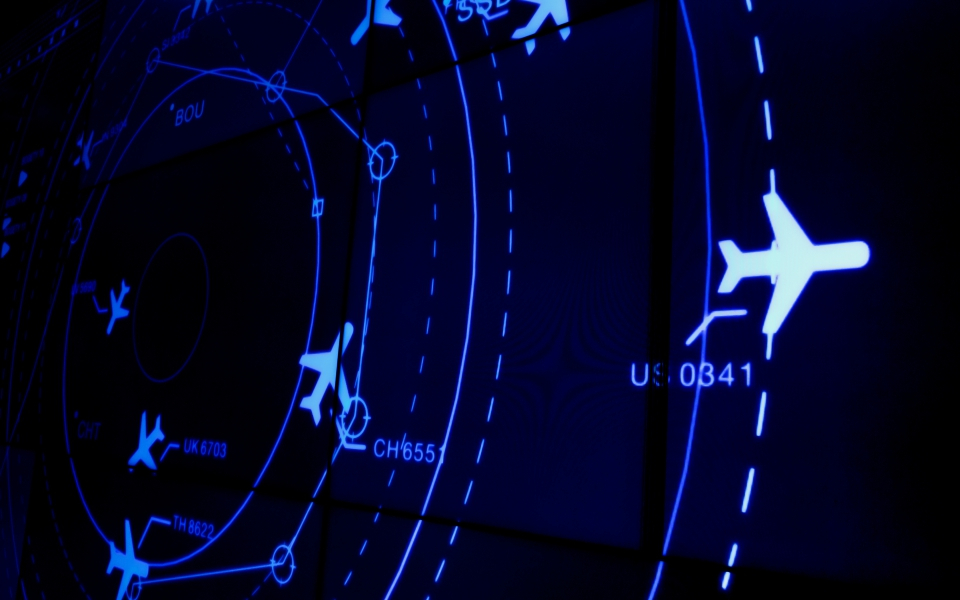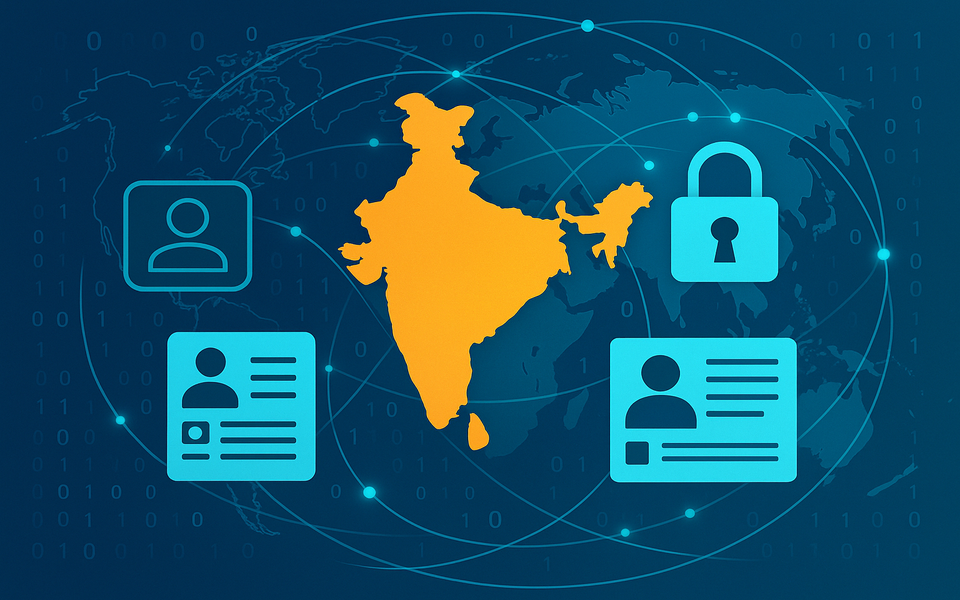The recent cyberattacks on major airports in India have raised concerns about the cybersecurity preparedness in the aviation industry. With airports relying heavily on technology and interconnected systems, the risk of cyber threats disrupting operations and compromising sensitive data has become a pressing issue. In this blog post, we will explore the challenges faced by the aviation sector in terms of cybersecurity and discuss practical steps to enhance protection. By adopting comprehensive security measures and leveraging advanced technologies, airports can mitigate risks and safeguard critical infrastructure and passenger information.
Security Challenges in Aviation industry
The aviation industry operates within a complex infrastructure comprising multiple interconnected systems. This complexity, combined with the industry's emphasis on operational efficiency and cost reduction, creates potential vulnerabilities for cyber-attacks. Sharing crucial data with various departments, monitoring extensive areas, managing diverse access authorizations, and utilizing commercial off-the-shelf software all contribute to increased cyber risks. Additionally, the emergence of innovative aircraft with Flight-By-Wire capabilities and the integration of software updates poses new challenges for security.
During the last decade, the aviation industry has witnessed significant advancements with the introduction of e-enabled or digital airplanes and widespread connectivity. While these developments have enhanced operational efficiency, they have also exposed airlines to severe cyber risks. Various factors contribute to these risks. Firstly, strict regulations and the need for operational efficiencies push airlines to adopt cost-saving measures that may compromise cybersecurity. Additionally, the sharing of crucial data with other airport departments and the monitoring of various areas further increase the attack surface. The management of different access authorizations and the use of non-aviation-specific software also pose vulnerabilities. Moreover, innovative aircraft with Flight-By-Wire capabilities, interconnected systems, software updates during flights, and the integration of personal devices into the cockpit introduce critical challenges. The lack of budget and the complexity of adapting to evolving threat landscapes due to multiple regulations further compound the cybersecurity concerns. Lastly, the involvement of numerous stakeholders and the influence of complex business relations and geopolitics create additional risks within the aviation industry.
Securing the Airport network is a journey
A robust cybersecurity approach involves implementing multiple layers of protection to safeguard computers, networks, programs, and data. Within an organization, it is crucial for the people, processes, and technology to work harmoniously to establish an effective defence against cyber-attacks. For airports seeking to enhance their security, it is essential to construct a practical security framework guided by five easily adoptable principles. By adhering to these principles, airports can establish a strong foundation for cybersecurity and ensure the safety of their critical assets.
- Achieve comprehensive visibility: Utilize technology to monitor network traffic and detect unusual behaviours and cyber threats round-the-clock. This proactive approach ensures early detection and more robust defences.
- Embrace shared intelligence: Stay informed about network activities and global cyber events to anticipate future threats. Leverage in-depth visibility and advanced threat intelligence to predict and prepare for potential risks.
- Prioritize action: Utilize risk-based context and up-to-date threat intelligence to determine where to focus security efforts. By prioritizing the most critical areas, resources can be allocated effectively.
- Close security gaps: Implement an open platform that integrates users, devices, networks, and applications to achieve pervasive defence. Disjointed systems can create vulnerabilities, but a connected infrastructure enables consistent monitoring and protection.
- Restrict data flow and monitor IT areas: Control access to sensitive information on a need-to-know basis and limit unnecessary data flow between endpoints, servers, and applications. Monitor software, communication networks, and other IT areas for anomalous behaviour.
- Orchestrate and automate response: Learn from previous experiences and automate response processes to continually strengthen cybersecurity measures. Regularly testing business continuity and disaster recovery capabilities increases resilience.
By implementing these strategies, airports can enhance their cybersecurity posture and mitigate risks in the ever-evolving threat landscape.
Achieving Comprehensive and Effective Security Coverage through a Holistic Approach
To establish a comprehensive and effective cybersecurity defence, airports should consider the following key elements which are closely aligns with domains with industry security frameworks such as NIST, CISA, and DISA:
- Defence Measures: Deploying essential capabilities helps mitigate known and unknown threats. This involves enhancing asset visibility, onboarding, and hardening hardware, software, and network configurations. Security hardening includes disabling unnecessary connections and applications, limiting configuration, and implementing role-based access control. Regular revalidation of defence mechanisms ensures their continued effectiveness.
- Cross-Domain Telemetry: The evolving threat landscape requires integration across security strategies and solutions to detect sophisticated adversaries. Cross-domain telemetry integrates with third-party products, facilitating data and context sharing for advanced analytics. Cisco's XDR strategy combines expertise and visibility across networks and endpoints to detect threats that point solutions may miss.
- Effective Threat Hunting and Shared Intelligence: Leveraging machine learning-based techniques, such as behaviour analytics and anomaly detection, enables efficient monitoring and detection of attacks. By automating the detection of recognized attack patterns, focus shifts to remediating high-priority incidents promptly.
- Risk Mitigation: A comprehensive risk mitigation strategy should encompass financial, economic, safety, and cybersecurity risks. Organizations must define their risk appetite and make informed decisions to accept or transfer risks. Considering cyber threats and risks within IP-enabled technologies in e-connected aircraft is vital, with safety implications being a crucial factor.
- Vulnerability Assessment: Conducting technical security testing to identify vulnerabilities impacting airport and aircraft operations is essential. Analysing, classifying, and prioritizing findings allows for the development of remediation strategies and implementation of mitigation measures. This includes penetration testing and validation activities based on system requirements.
- Incident Response and Response Plan: Incident response is crucial for overall security resilience. It involves detecting and responding to policy and control failures, ensuring direct access to threat intelligence, emergency response capabilities, and expertise. Preparing for potential cybersecurity attacks requires efficient planning and custom-designed response plans tailored to an organization's specific needs, stakeholders, critical assets, internal processes, systems, and legal workflows.
- The human factor plays a crucial role in cybersecurity, and it is essential for users to prioritize their preparedness. Users should have a clear understanding of basic data security principles and actively comply with them. This includes selecting strong passwords that are not easily guessable, being cautious when handling email attachments, and regularly backing up important data. By adhering to these practices, users contribute to maintaining a secure environment and mitigating potential risks. Empowering individuals with the knowledge and awareness of cybersecurity best practices is a fundamental step in safeguarding sensitive information and preventing unauthorized access or data breaches.
By incorporating these elements into their cybersecurity approach, airports can enhance their defences and mitigate risks in today's complex threat landscape.
Author

Rupojit Dutta
Solution Architect, Digital Transformation Office
Cisco India


































